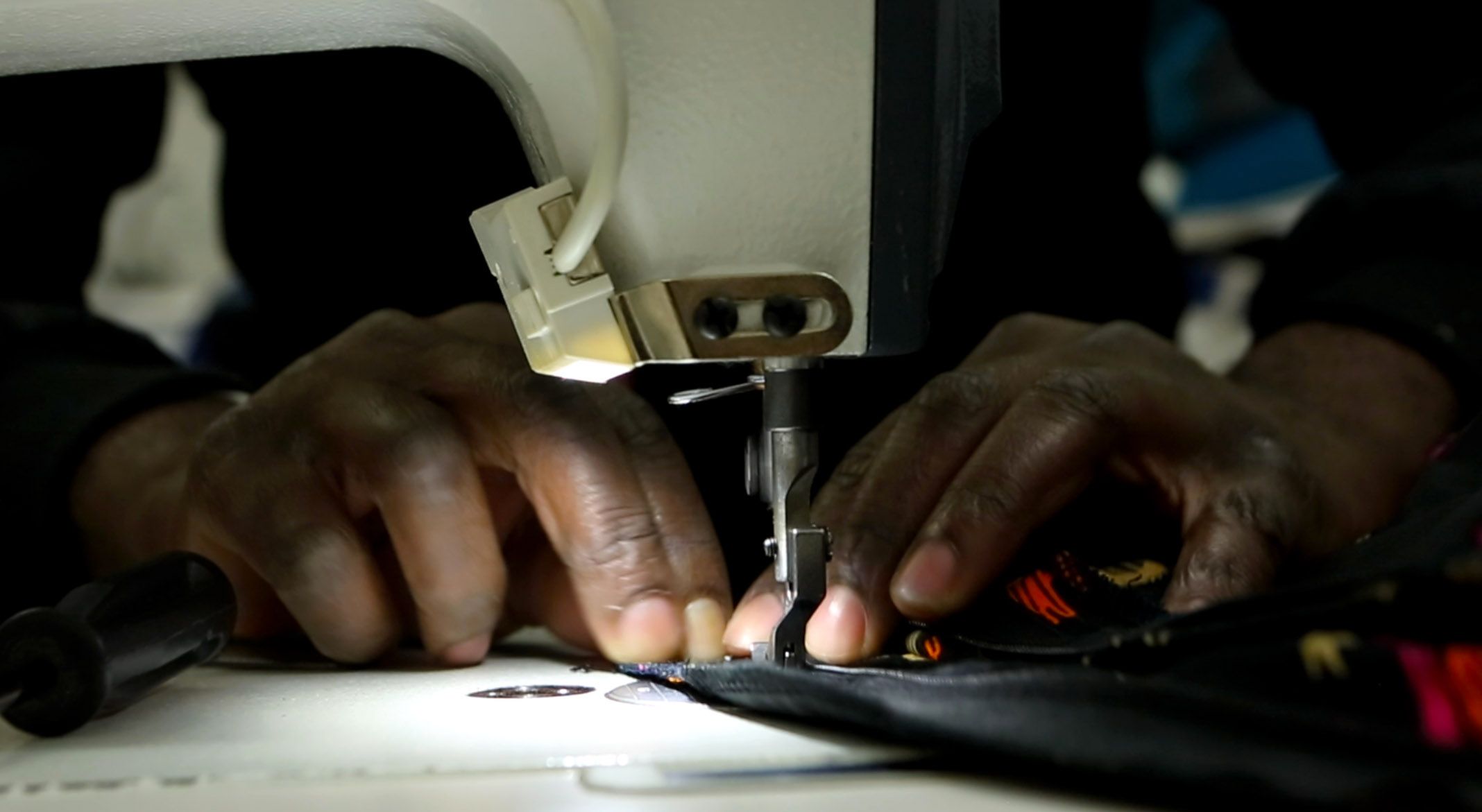By Bonface Orucho
Benin recently made its debut export of ‘Made in Benin’ garments to Europe from the Glo-Djigbé Industrial Zone (GDIZ), shipping 80,000 children’s leggings to French brand KIABI.
According to the Investment and Promotion Company for Industry in the Cotonou-based GDIZ, Létondji Beheton, the export is a “proof of our commitment to promoting the Beninese textile industry on the international stage.”
“By the end of 2024, we will produce 2 million pieces of clothing for KIABI, demonstrating our ability to meet international standards while maintaining high quality,” said the Managing Director of SIPI-Bénin S.A in a statement on July 9.
The recipient of the consignment, KIABI, has nearly 563 clothing retail outlets across France, Spain, Italy, Africa, the Middle East, and other markets.
Recent developments in Benin highlight a growing trend in Africa’s apparel and garment industry, driven in part by the United States’ African Growth and Opportunity Act (AGOA).
African apparel exports to the US under the AGOA initiative reached nearly US$1.4 billion in 2022, nearly double the sector’s value from before AGOA was established in 1999.
While Africa is mainly a net importer of apparel, a number of countries export more than they import, according to the World Bank. These include Madagascar, where apparel makes up 76.3% of exports, Mauritius (54.4%), and Lesotho (48.8%).
Agoa.info lists other leading African exporters of apparel, such as Kenya, Swaziland and Ethiopia.
Kenya saw a 7.2% rise in capital investment in the sector from 2018 to 2022, marked by 36 new firms entering its textile and apparel sector. As a result, the East African country has become the largest exporter of garments to the U.S. from Africa.
According to an April 2024 statement by Kenya’s President William Ruto, “29 apparel companies operating in our EPZ (Export Processing Zone) are exporting to the US and employ nearly 60,000 people.”
The East African country continues to attract new investors, including global textile giants like Youngone Corporation from South Korea, which announced plans in May 2024 to establish Africa’s first synthetic fibre manufacturing plant. The company will launch with a US$40 million initial investment.
Kenya aims to increase apparel exports to the US and European Union to US$1 billion (Sh152.7 billion) by 2025, up from the current US$544 million (Sh83.07 billion).
Also in West Africa, Ghana is seeing a resurgence in its garment and textile industries. Despite years of decline due to cheap Asian imports, the country’s industry is making a notable comeback, driven in part by demand for locally manufactured Kente cloth and local designs.
Companies like Tex Styles Ghana Limited and Accra’s Adjabeng Free Zone Enclave have been expanding their production since 2020, thanks to savvy marketing and the rise of talented designers.
African fashion designers, such as South Africa’s Thebe Magugu, have made global waves and are changing the continent’s narratives through fashion. Magugu was awarded the prestigious LVMH Prize for Young Fashion Designers in 2019.
Nigerian fashion designer Lisa Folawiyo is celebrated for her colourful collections that fuse traditional West African fabrics with modern trends. Other globally-acclaimed African designers include Ghana’s Aisha Ayensu Obuobi and Ivorian-American designer Loza Maléombho.
According to Adwoa Owusuaa Bobie, Center for Cultural and African Studies Research Fellow at Ghana’s Kwame Nkrumah University of Science and Technology (KNUST), African designers are also “world leaders when it comes to producing sustainable clothes.”
“Sustainable fashion means clothes being produced and consumed in ways that are socially responsible… West African designers offer a much wider variety of creative designs compared to the homogenised designs of fast fashion brands,” she reported, following a 2024 study she conducted in the region.
“Most [fashion designers] release collections only twice a year—summer and winter—instead of every two weeks like western fast fashion brands,” she explained in an article published on The Conversation.
The potential for growth in Africa’s garment manufacturing remains immense. Located close to key European markets and with a burgeoning home market, the continent is also home to a vast abundance of raw materials. 37 out of 54 countries produce cotton, according to UNESCO.
bird story agency
Benin has made its first export of children's leggings to KIABI from the Glo-Djigbé Industrial Zone, marking a significant step for the Beninese textile industry on the international stage. This move is part of a larger trend in Africa's growing apparel industry, buoyed by initiatives like the US’s African Growth and Opportunity Act (AGOA). African apparel exports to the US reached nearly $1.4 billion in 2022, underscoring significant growth since AGOA’s inception.
Countries like Madagascar, Mauritius, Lesotho, Kenya, Swaziland, and Ethiopia are notable exporters. Kenya, in particular, has seen substantial growth in its textile sector, attracting investors such as the Youngone Corporation, and aims to increase apparel exports to $1 billion by 2025.
Ghana is also experiencing a revival in its garment and textile industry, driven by demand for local designs and Kente cloth. African fashion designers like Thebe Magugu from South Africa and Lisa Folawiyo from Nigeria are gaining global recognition, significantly boosting the continent’s fashion footprint.
The potential for growth in Africa's garment manufacturing sector is immense, with the continent being home to 37 cotton-producing countries. This proximity to European markets and abundant raw materials present substantial opportunities for further expansion.






